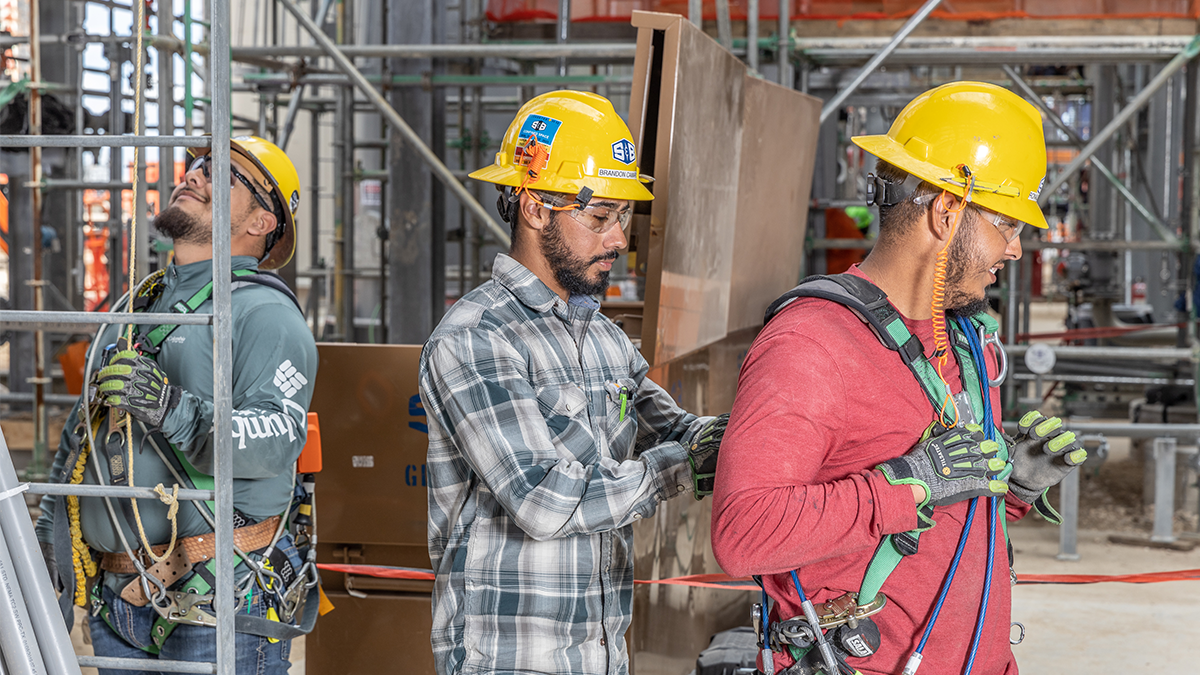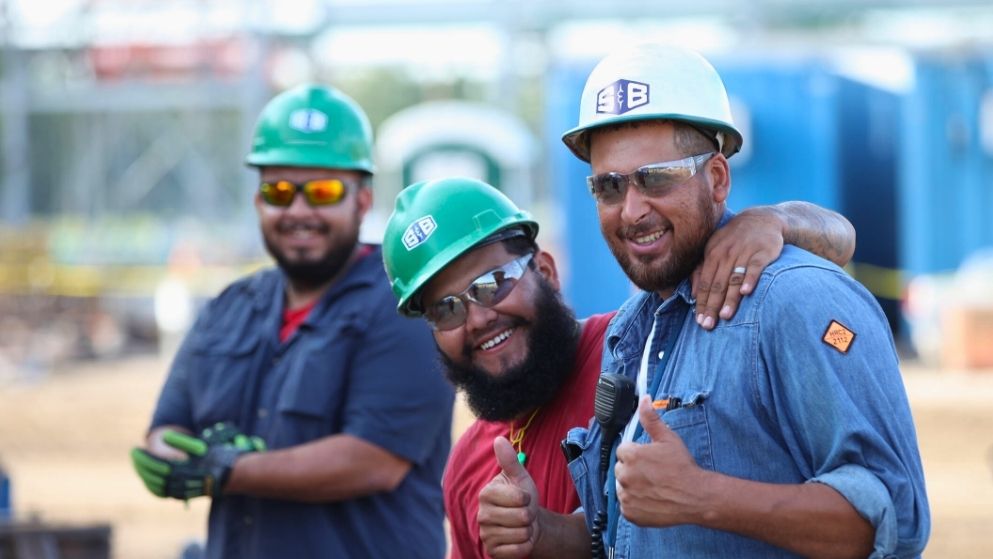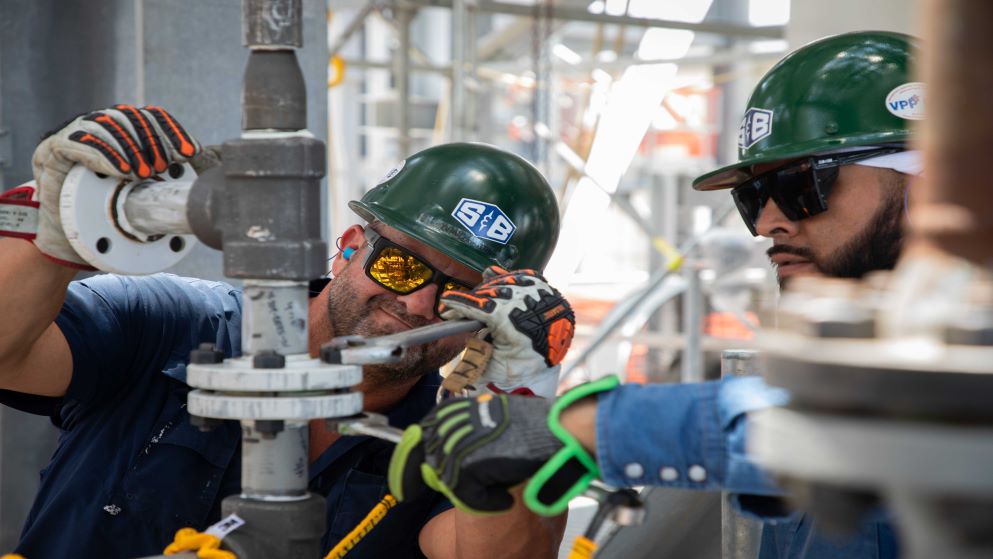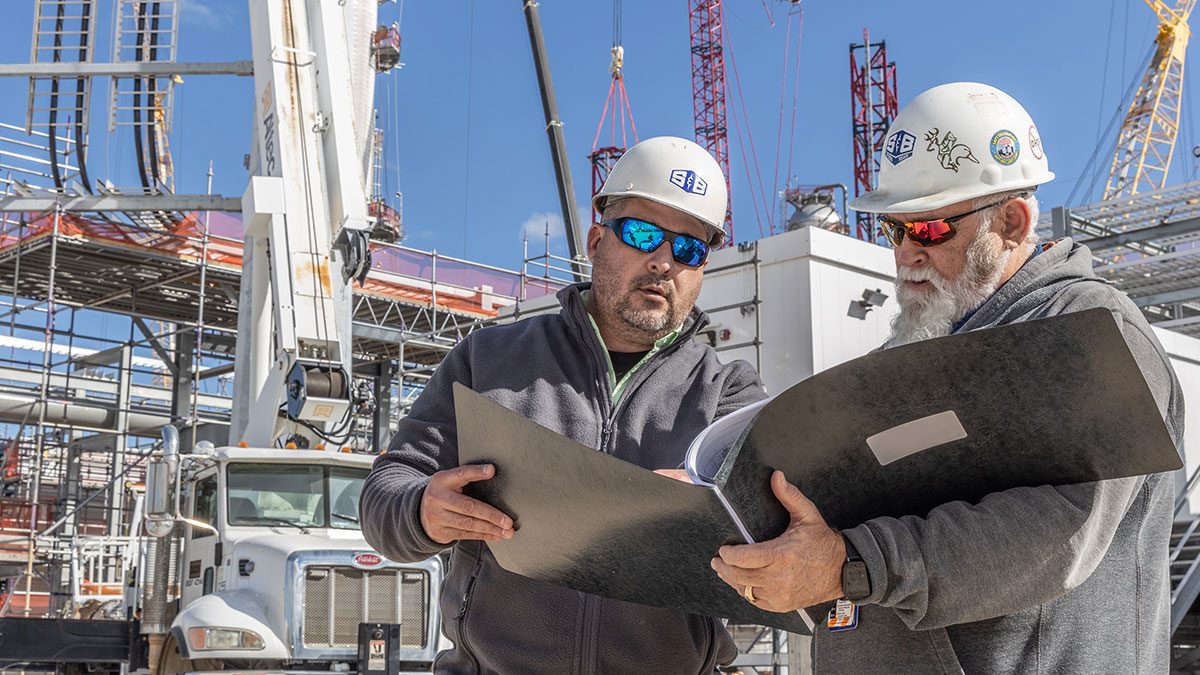The number of workplace injuries in the United States remains nearly unchanged year over year, with 2.6 million nonfatal workplace injuries and illnesses reported to the U.S. Department of Labor in 2021. To improve worker protection, more companies rethink safety by employing the Human and Organizational Performance (HOP) theory to achieve safety more effectively in the workplace. HOP offers a science-based approach to help companies learn from workplace errors and increase participation in planning and executing work safely. The five fundamental principles of HOP include:
- Error is normal
- Blame fixes nothing
- Context drives behavior
- Learning remains vital
- Response matters
The theory recognizes the complexity and sometimes unpredictability of individual and organizational systems. Prescriptive strategies attempting to control human behavior will more likely lead to unexpected negative outcomes. Instead, that unpredictability should drive safety practitioners and company leadership to build additional capacity and adaptability into these systems to respond to the unforeseen and become more resilient.
Consider how engineering, procurement, and construction (EPC) companies and their client partners can implement the HOP theory to keep people safe and deliver projects successfully.
Understanding context drives behavior
Imagine you enter a conference room where "no cell phone use" remains the only rule. Yet, when asked for the time, you immediately pick up the phone. Does that not violate the conference room's one rule? Should you be expelled from the room because you broke the rule? Companies learn nothing without considering the context of the situation and the reasons for breaking the rule. Understanding the context that drives behavior means understanding the organizational systems that supported the individual's decision in the moment to prevent future mistakes.
No blame game
Assigning blame to a colleague following a workplace error immediately severs the learning process for organizations. Instead of asking why an individual committed the mistake, ask how. Seeking to fix the problem and not place blame will help people open up about their experience, enabling safety practitioners and leadership to incorporate continuous improvement into best practices for enhanced project safety. It is important to withhold any questions that ask why for at least 48 hours to enable the individuals to feel more comfortable. Include interview questions such as “Explain what happened?” “How did this occur?” “What did you experience?” Instead of an interrogation, these questions create engagement, allow the employee to tell their story, and help get to the root of the problem.
Employ life-saving commitments
To eliminate the “blame game,” rethink the concept of life-saving rules and their repercussions. S&B recently rolled out life-saving commitments to outline life-critical procedures and eliminated the mandate of immediate termination of a team member following any error. Again, without assigning blame, S&B develops a post-event deviation analysis employing the individuals involved, which results in a more thorough analysis with much better opportunity to prevent future errors. S&B’s research shows that most errors occur because of a lapse in the system and not because of a blatant or willful violation. Since the rollout of our life-saving commitments, our team members in construction are reporting six times more observations to supervisors for further learning. This is a direct result of our strengthened culture of trust and understanding.
Build capacity to work safely
To get buy-in from your construction teams, have the people who perform the tasks rewrite the applicable procedures instead of safety management regulating the work. S&B asked craft professionals to review and revise our work practices and policies based on their professional experience on how successful work gets done. The process called "building capacity to work safely" means that the system where professionals do the work includes performance variability (created by either human error or adaptation) to ensure safe outcomes. S&B’s revised work practices offer a variety of options to perform a task because no two jobs or people performing the work remain the same. Accounting for those differing variables contributes to how work gets done successfully at a job site. Research shows that when team members own the procedure, they follow it, decreasing errors and the potential severity of incidents.
Strengthen communications and learning
A strong onboarding process remains critical for safety practitioners. S&B's eight-week safety onboarding program offers safety professionals a clear outline of processes and systems to ensure consistency in the field. To complement onboarding, create a safety handbook that professionals carry onsite so there's always alignment on the procedures. This handy guide provides key elements of each procedure immediately post-event.
Learning teams are essential in the field. After any event, assemble the people involved and others skilled in the task to explain how they do the work, process challenges, and invite them to create the corrective actions. We continue to see positive engagement and outcome with the use of learning teams. Productivity doubled at one S&B job site after a learning team of pipefitters recommended a novel method to safely transport material and equipment in the work area that would prevent procedure deviations. Additionally, invite the client to be part of the learning team, so they can contribute to the conversation and hear first-hand from the field experts.
Partner with the right EPC
Companies can increase worker protection by building a safety culture and treating employees as problem identifiers and solvers. Rather than attempting to control team members' behavior by telling them what to do or not do, ask them, "What do you need?"
The right integrated EPC, like S&B, will partner with their clients to help them understand and implement human organizational performance early in pre-project planning. Avoiding blame, understanding the context of human behavior, and building capacity through learning, clients and contractors empower their teams to build a stronger safety culture with better results and higher productivity. These cost-effective and practical steps yield enormous results in keeping people safe and delivering a project on time and within budget.
Steve Derbyshire, Director of Health, Safety, and Environment for S&B Engineers and Constructors, has 24 years of experience in safety. S&B offers an industry-leading safety culture, with the goal for every team member to return home safely to their loved ones at the end of each day. The people – at every level in the organization – make this possible. Read more about S&B's safety culture here.




